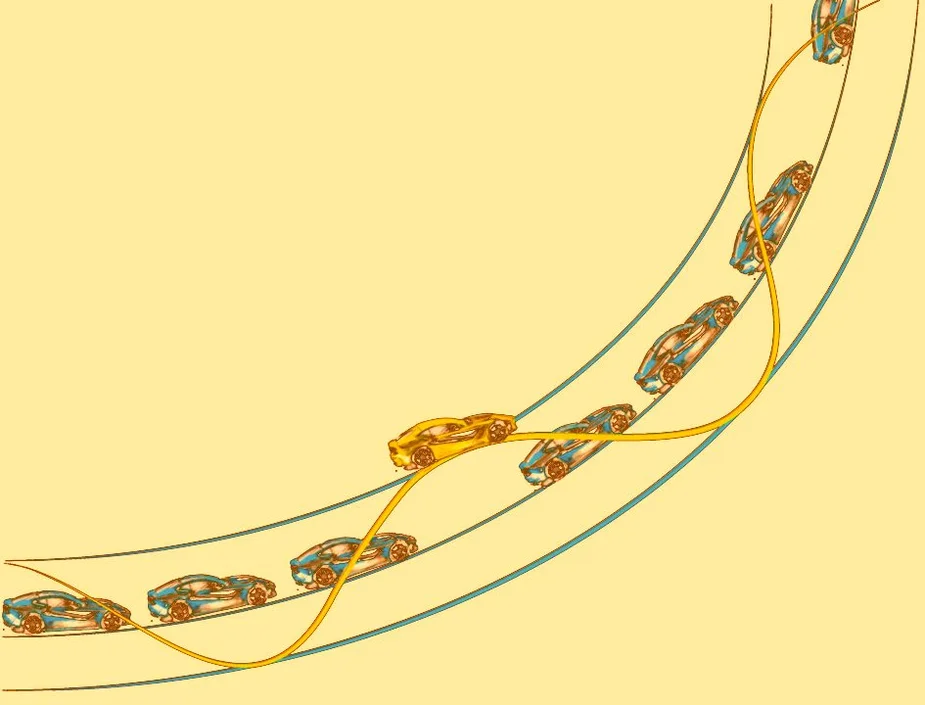BESSY II electron highway gets second lane
Enhanced capacities for the user community at Adlershof's particle accelerator
The particle accelerator team at Helmholtz-Zentrum Berlin (HZB) has demonstrated that BESSY II, the 3rd generation synchrotron radiation source in Berlin, can be operated with not just one, but two simultaneous electron paths. By precisely tuning the magnetic components, physicists can create an additional orbital path. Packets of electrons can travel along it and emit intense light pulses at the experiment stations. This could provide the user community with the option to select light pulses from either path as needed in their experiments. The newly developed orbital mode has already been stably implemented and initial tests at the experiment stations (beamlines) show promising results. HZB is the first to enter this new territory and at the same time has reached another milestone in its pioneering BESSY-VSR project.
In simplest terms, the path of the electrons in BESSY II is comparable to a highway with only a single lane up to now. The packets of electrons in the storage ring would correspond to convoys of cars that travel along this circular route while flashing their headlights at specific locations to provide the experiments along the beamlines with pulses of light. Now a team from the HZB Institute for Accelerator Physics has established a second lane in which individual packets of electrons circulate.
Full control
Using special settings of the magnetic focussing componentry, an additional orbit is formed within the storage ring in addition to the original one, winding around it. “We are able to precisely monitor and control the packets of electrons this way and implement basically any desired fill pattern”, says Prof. Andreas Jankowiak, who heads the HZB Institute for Accelerator Physics. The physicists refer to the sequence of the electron packets and intervals between them as the fill pattern. Staying with the analogy of a highway, a fill pattern could be regarded as individual cars or convoys, all separated at specific intervals, for example.
More options for science community
This advance will considerably broaden the features offered by BESSY II to the user community, and extend the methods available today for selecting individual light pulses. For example, one could use the new technique to fill the primary electron path with groups of electron packets that produce light pulses in rapid succession, while placing individual electron packets in the secondary orbit. These would then generate light pulses with longer intervals, which is ideal for quite a few experiments.
Outlook BESSY-VSR
Jankowiak adds: “This advance is immediately of use for us in our BESSY-VSR (variable storage ring) upgrade project as well. We expect to be able to generate ultra-short as well as longer light pulses with BESSY-VSR, which we could then insert into the two different electron paths.”
More information:
Prof. Dr. Andreas Jankowiak
Institute Accelerator Physics
Department Operation Accelerator BESSY II
Tel.: (030) 8062-13508
Fax: (030) 8062-14632
Email: andreas.jankowiak(at)helmholtz-berlin.de
Dr. Paul Goslawski
Institute Accelerator Physics
Tel.: (030) 8062-15067
Fax: (030) 8062-14632
Email: paul.goslawski(at)helmholtz-berlin.de
